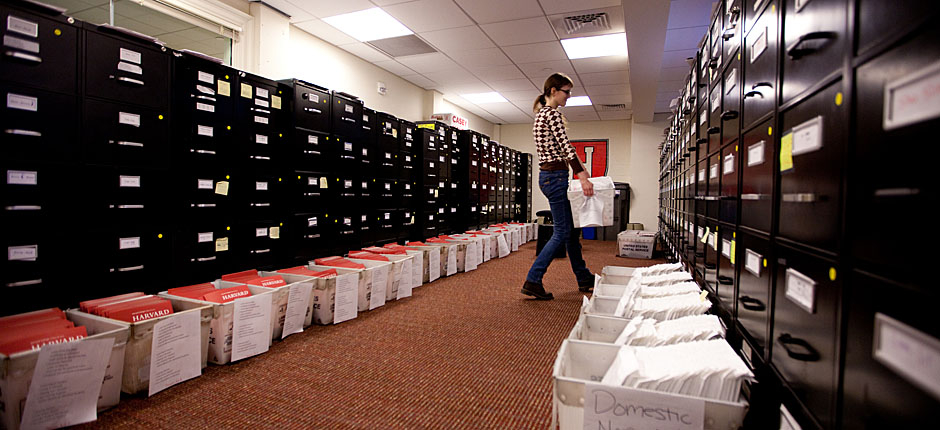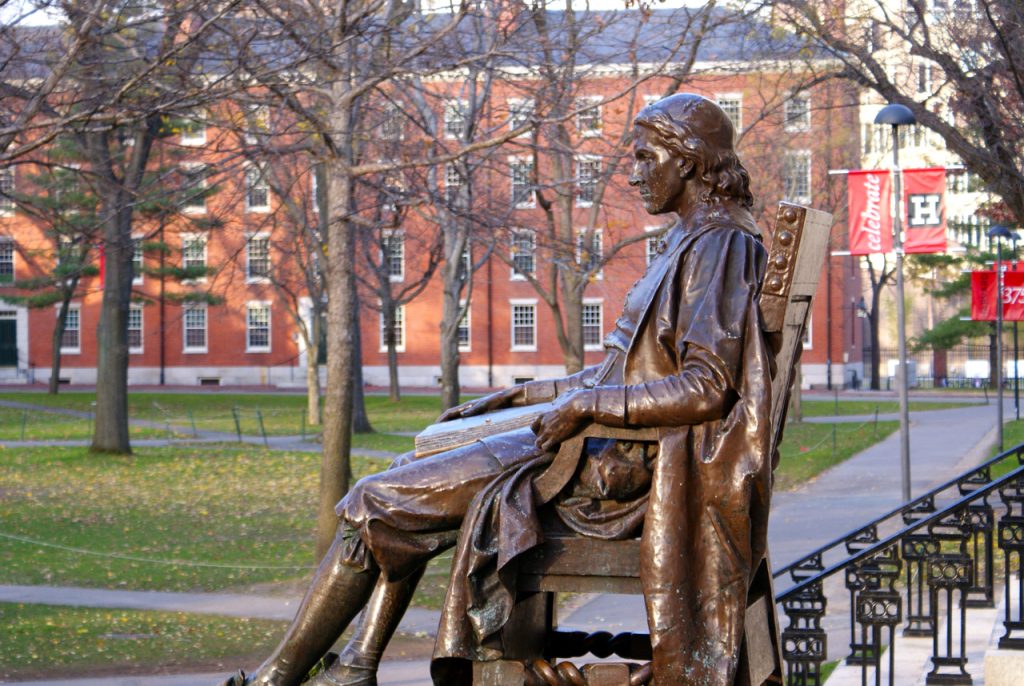Staying informed about the latest trends in college admissions is key to getting into your dream school. This year, major Ivy League schools are making a number of changes to their admissions processes, meaning that next year’s applicants need to be prepared accordingly.

Early decision/action
More students are applying early decision. If you don’t get in through an early decision, you can try again through the regular admissions process. While the acceptance rate for early decisions has been declining as more students apply, it’s still higher than the regular application rate.
However, one of the requirements for applying early is that you can’t apply to other colleges, or you must enroll where you’re accepted. So it’s best to choose a college that really interests you.
In terms of the size of early decision/early action applicants at major universities, Yale University had 7,856 applicants at the end of last year, up 1.45% from a year earlier. The University of Pennsylvania announced over 8,500 applications this year, up from 8,000 the previous year, while Columbia University received 6,009 applications, up 4.7% from 5,738 the previous year.
Brown University admitted 898 of its 6,244 early applicants, or 14.4%. Duke University also has an early decision acceptance rate of 12.5%, more than three times the rate for regular admissions (4.5%).
Harvard University, which was the subject of an affirmative action lawsuit, was an exception this year, with a year-over-year decline in early decision applicants that helped boost its acceptance rate. Harvard had a total of 7,921 early applicants, of which 692 applicants, or 8.75%, were admitted. The regular admission applicant pool was 54,008, and the acceptance rate was 3.59%.

SAT/ACT is back
Students applying to highly competitive colleges are encouraged to prepare for the SAT or ACT early. Of course, there are still some schools that don’t require SAT scores. However, keep in mind that colleges that have reintroduced the SAT/ACT score submission option, which they removed or made optional during the pandemic, are now very likely to look at your SAT scores.
In particular, even if they make SAT scores “optional,” it is strongly recommended that you still submit them to demonstrate your skills. According to statistics from the Common App for private college applications, only 415,000 applicants, or about half of all applicants, chose not to submit SAT scores, meaning that 1 in 2 applicants are still choosing to submit SAT scores to colleges.
Increased waitlists at universities
One of the negative effects of the pandemic on universities has been the increase in waitlists. Colleges are utilizing waitlists more frequently as more students apply to more colleges.
This is also the case for top-tier universities, as there is increasing uncertainty about enrollment until the last day of college selection. For this reason, colleges are more likely to place more applicants on waitlists to meet their admissions goals.
While being waitlisted can be a confusing and frustrating experience, it’s also an opportunity for students to evaluate their options. If they are confident that a waitlisted school is their first choice, they should act swiftly to move their name from the waitlist to the acceptance list.
What colleges want to know is your commitment to enroll and attend. This could mean that you could send an email to the admissions office reiterating this, as well as additional test scores or transcripts.
Deferral decisions are similar. The University of Southern California (USC) deferred 38,000 of its 41,000 early decision applicants to regular admission this fall. Harvard University deferred 83% of all early decision applications to regular admission. At Harvard, deferred applicants have an average acceptance rate of 10%.
Growing popularity of state universities
When choosing a college, one of the factors that applicants should consider is the tuition. On average, state university students borrow about $5,000 less than students who go to private universities, according to financial experts.
As the U.S. economy hasn’t been able to recover quickly from the pandemic, more applicants are choosing colleges that offer affordable tuition over more expensive schools. In fact, Common App statistics show an 83% increase in applications to state universities across the country, such as the University of Michigan and the University of Virginia. In contrast, applications to private universities increased by only 47%.
This is also evident in UC application statistics. According to 2024 application statistics released by the UC Office of the President, the number of UC applicants topped 250,000 this fall. There were 206,893 freshman applications and 43,543 transfer applications. UCLA, which has a large Korean-American student population, received 92,290 applications, followed by UC Irvine with 87,517 and UC Berkeley with 72,697.
Currently, private college tuition is approaching the $100,000 mark. That’s $400,000 for four years without scholarships. This includes tuition, room, housing, and food.
For example, the University of Pennsylvania will cost $92,288 per year starting this fall, Cornell University will cost $92,150, and Dartmouth will cost $91,312. Harvard, on the other hand, has the lowest tuition among Ivy League schools at $82,866.
State universities, on the other hand, offer lower tuition rates for in-state students. In California, the state government offers CalGrants, which are free tuition grants for UC, CSU, and community college students. According to the California Student Aid Commission, UC students receive an average of $13,752 per year in CalGrants, CSU students receive $5,742, and community college students receive $1,094.
In addition, California awards an average of $3,200 in scholarships to students from middle-class families earning less than $110,000 per year and provides an average of $4,000 to $6,000 per year in living expenses for students with children, depending on their academic performance.
BY NICOLE CHANG, HOONSIK WOO [chang.nicole@koreadaily.com]




